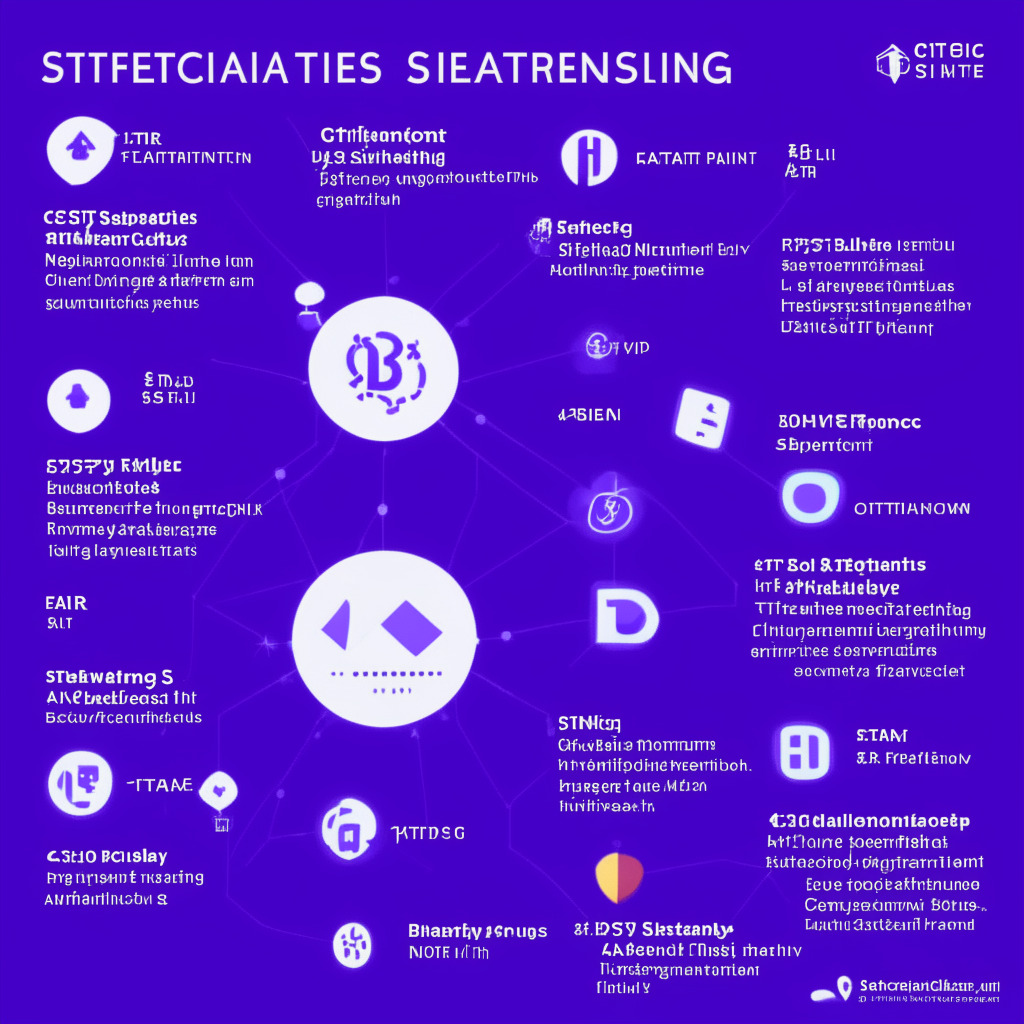A group of Ethereum developers have recently proposed significant changes to validator requirements with the aim of facilitating future consensus layer upgrades. With a focus on Ethereum (ETH) tokenomics, these alterations may directly impact investor decisions and cause operational shifts for both small and large validators. Currently, the extensive validator set size necessitates that staking operators maintain thousands of validators.
In light of this, the developers’ proposal seeks to assess whether increasing the max effective balance of Ethereum validators from 32 ETH could lead to multiple operational benefits and support the blockchain throughout future updates. It is important to note that the max effective balance functions as a hard cap on the effective balance of any individual validator. Ideally, keeping this parameter low would emphasize the decentralized nature of the infrastructure due to the need for a high number of validators.
As of June 6, 2023, there are over 600,000 active validators and an additional 90,000 in the activation queue. According to the developers, the current max effective balance artificially inflates the validator set size and consequently forces large staking operations to run thousands of validators. By increasing the balance, they believe that two crucial upgrades, single-slot finality and ePBS (Enshrined Proposer-Builder Separation), can be unblocked. If the proposal passes, the Ethereum price stands to experience a significant positive impact.
However, skeptics may argue that increasing the effective balance could potentially lead to centralization, as fewer validators would be needed to achieve network security. Additionally, while some changes might benefit larger staking operations, smaller validators may face new operational challenges in adapting to the altered requirements.
In other news, Binance recently announced a Bitcoin wallet migration, triggering on-chain transfers. Furthermore, experts opine on how XRP could potentially grow even if Ripple loses the ongoing SEC lawsuit.
The information presented above reflects the author’s personal opinion, and readers should conduct their market research before investing in cryptocurrencies. Neither the author nor the publication is responsible for any personal financial loss incurred from investment decisions.
Source: Coingape




